Al Pastor Seasoning: A Fiery Flavor Fiesta You Can’t Miss!
Table of Contents
- Introduction
- What is Al Pastor Seasoning?
- History and Origin
- The Essence of Flavor: Key Ingredients in Al Pastor Seasoning
- How to Use Al Pastor Seasoning Like a Pro
- Comparison Table: Top 5 Store-Bought Al Pastor Seasonings
- Buying Guide: What to Look For When Choosing Al Pastor Seasoning
- Make Your Own Al Pastor Seasoning: DIY Blend Recipe
- Beyond Tacos: Creative Dishes Using Al Pastor Seasoning
- Conclusion
Introduction
Have you ever taken a bite of something so flavor-packed that your taste buds danced? If you're a fan of Mexican cuisine, there's a good chance that dance came from none other than al pastor seasoning. Whether it’s sizzling on a vertical spit or grilled to perfection on a taco shell, al pastor is more than just meat — it’s an experience.
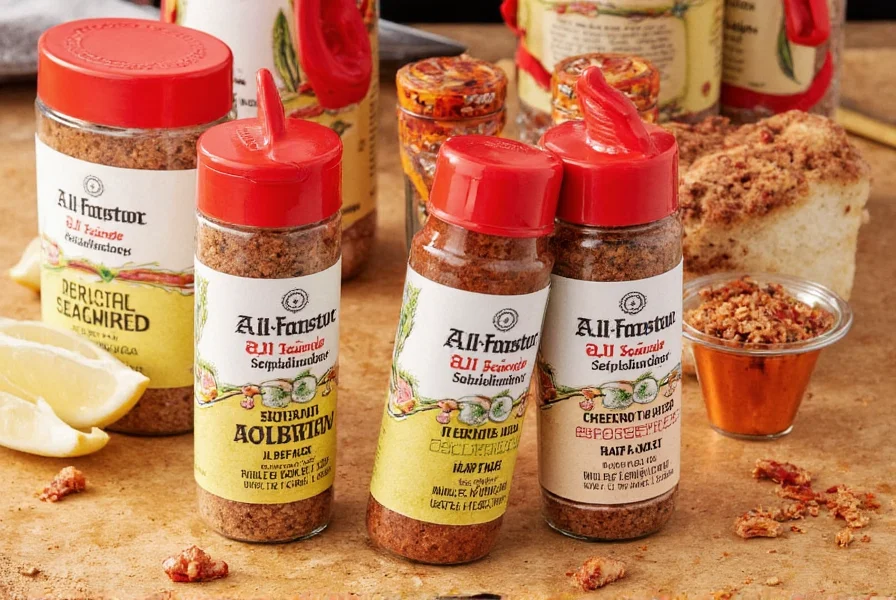
What is Al Pastor Seasoning?
At its core, al pastor seasoning is a marinade blend used to flavor meats, especially pork, for the iconic dish known as al pastor tacos. It brings together sweet, smoky, and spicy notes in perfect harmony. The term “al pastor” translates to “shepherd style,” a nod to the Lebanese immigrants who brought shawarma-style cooking techniques to Mexico in the early 20th century.
While many spices can be used in different Latin American dishes, al pastor seasoning has a distinct profile that sets it apart from others like adobo or jerk seasoning. Let’s break it down:
- Ancho chili – earthy and slightly sweet
- Guajillo chili – bright, tangy, and moderately spicy
- Paprika – adds color and mild smokiness
- Vinegar – provides acidity and helps tenderize the meat
- Dried oregano – aromatic herbaceousness
- Garlic & onion powder – depth and richness
- Salt & pepper – balance and seasoning
- Pineapple juice (optional) – fruity contrast that enhances complexity
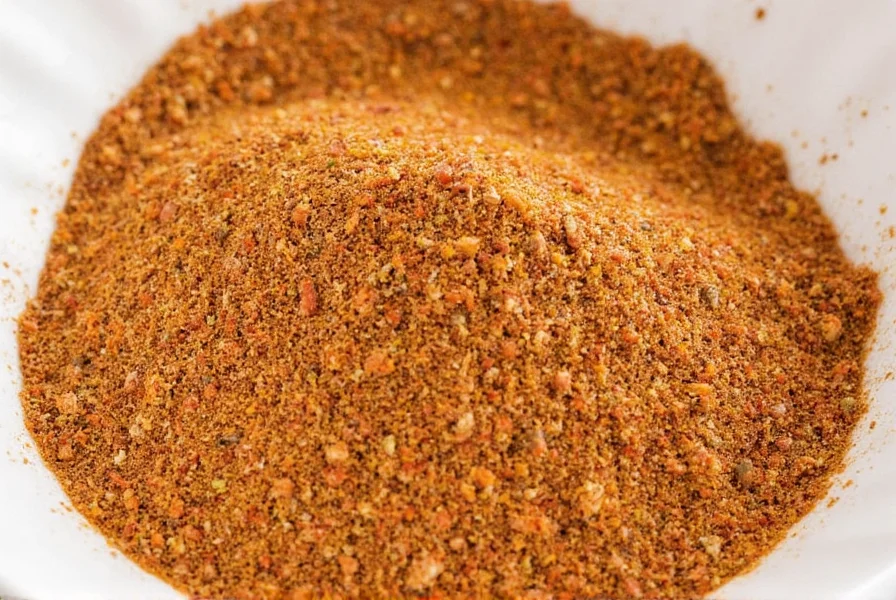
History and Origin
The story of al pastor begins not in Mexico, but in the Middle East. Lebanese immigrants arrived in Mexico during the late 1800s and early 1900s, bringing their love of shawarma with them. Over time, they adapted their recipes using local ingredients and cooking methods. The result? Al pastor was born — a delicious fusion of cultures and flavors.
Instead of lamb (common in shawarma), Mexicans used marinated pork, skewered vertically on a spit, roasted slowly while being shaved off in thin slices. The addition of pineapple at the top of the spit — now a signature touch — likely came later as a creative twist by street vendors in Mexico City.
The Essence of Flavor: Key Ingredients in Al Pastor Seasoning
Now let’s get deeper into what makes al pastor seasoning special. Each ingredient plays a role, much like instruments in an orchestra. Here's a breakdown:
| Ingredient | Flavor Profile | Role in the Mix |
|---|---|---|
| Ancho Chili Powder | Sweet, raisin-like, deep | Adds sweetness and body |
| Guajillo Chili Powder | Tangy, medium heat | Provides brightness and kick |
| Paprika (Smoked preferred) | Earthy, mildly smoky | Enhances color and adds smoky notes |
| Vinegar (Apple cider preferred) | Acidic, sharp | Softens meat and lifts other flavors |
| Dried Oregano | Herbaceous, floral | Offers aromatic backbone |
| Garlic & Onion Powder | Umami-rich, savory | Builds depth and richness |
| Salt | Savory, balances sweetness/spice | Essential for flavor balance |
| Pineapple Juice (Optional) | Fruity, acidic | Adds natural sweetness and aids in tenderizing |
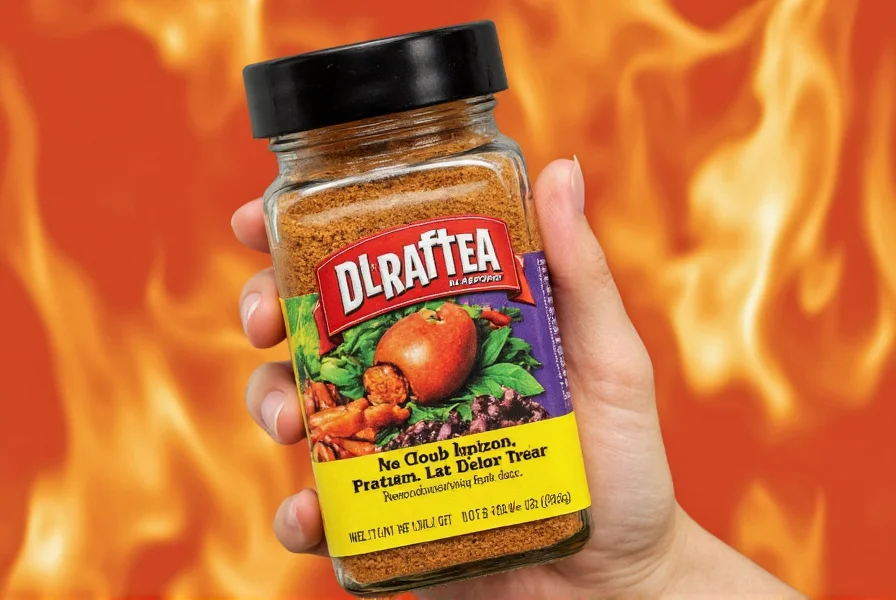
How to Use Al Pastor Seasoning Like a Pro
Using al pastor seasoning doesn’t have to be complicated. Whether you’re grilling, roasting, or sautéing, here are some tips to make the most out of your seasoning blend:
- Marinate overnight: For best results, let the meat soak up all those amazing flavors for at least 8 hours.
- Layer the meat properly: When making traditional al pastor, layer the seasoned pork thinly onto a vertical spit, ensuring even cooking and caramelization.
- Add pineapple on top: Don’t skip the grilled pineapple slice — it adds a juicy, tangy contrast that ties everything together.
- Use it beyond tacos: Try rubbing it onto chicken, beef, or even vegetables for a quick burst of flavor.
- Balance with toppings: Pair with diced onions, fresh cilantro, avocado, and a squeeze of lime to round out the bold flavors.
Comparison Table: Top 5 Store-Bought Al Pastor Seasonings
If you don’t want to make your own mix, no worries! Here are five popular store-bought al pastor seasonings, compared side by side:
| Brand | Key Ingredients | Heat Level | Best Use Case | Price Range |
|---|---|---|---|---|
| Goya Al Pastor Seasoning | Ancho chili, garlic, paprika, vinegar | Mild-Moderate | Tacos, grilled pork | $ |
| La Costeña Al Pastor Marinade | Guajillo, vinegar, oregano, salt | Moderate | Traditional al pastor | $ |
| Ranchero Gourmet Al Pastor Rub | Smoked paprika, chipotle, pineapple extract | Moderate-Hot | Kebabs, grilled chicken | $$ |
| Mrs. Dash Al Pastor Blend | Chili peppers, cumin, garlic, citrus | Mild | Low-sodium diets, fish | $ |
| Tienda del Sol Al Pastor Paste | Tomato paste, chili, vinegar, spices | Moderate | Stews, braises | $$ |
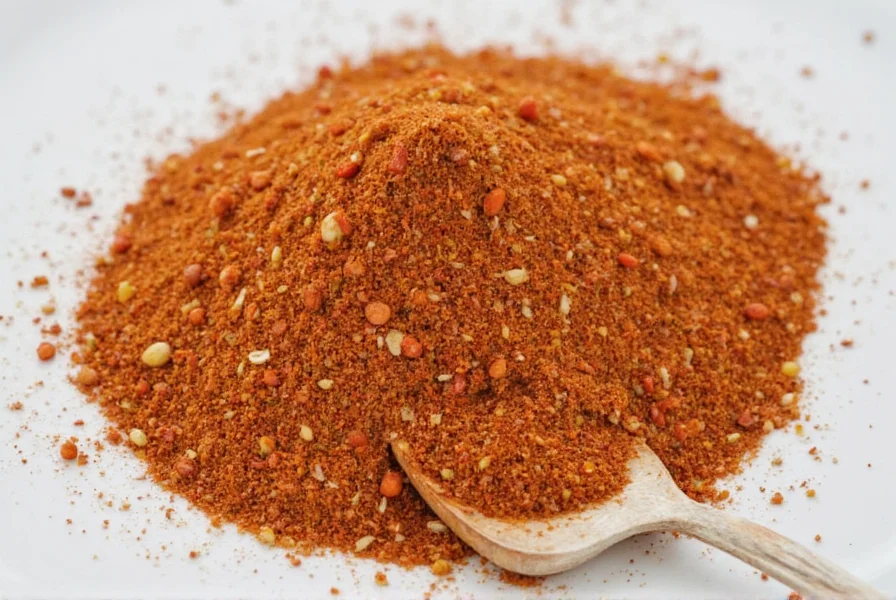
Buying Guide: What to Look For When Choosing Al Pastor Seasoning
Choosing the right al pastor seasoning can feel overwhelming with so many options available. To help you find the perfect match, here are the key factors to consider:
- Spice Level: Decide whether you prefer mild, moderate, or hot flavors. Some mixes contain extra chili powders or hot peppers like chipotle or arbol chili.
- Form: Do you want a dry rub or a ready-to-use paste? Dry rubs offer flexibility in adjusting strength, while pastes provide convenience.
- Ingredients: Avoid artificial additives if possible. Look for real spices, minimal preservatives, and natural sources of acidity like vinegar or fruit juices.
- Intended Use: Are you planning to use it for slow-roasted pork, grilled chicken, or vegan alternatives? Some blends are versatile, while others are specifically tailored for traditional al pastor meat.
- Reputation: Stick with trusted brands that have solid reviews and authentic roots in Latin cuisine.
- Price vs. Quality: Not always the case, but sometimes spending a bit more gives you richer flavor and better ingredient quality.
Make Your Own Al Pastor Seasoning: DIY Blend Recipe
Want full control over your spice levels and flavor profile? Try this easy homemade al pastor seasoning recipe:
DIY Al Pastor Seasoning
- 2 tbsp ground ancho chili
- 1 tbsp ground guajillo chili
- 1 tsp smoked paprika
- 1 tsp dried oregano (Mexican if available)
- 1 tsp garlic powder
- 1 tsp onion powder
- 1 tsp salt
- ½ tsp black pepper
- 1 tbsp apple cider vinegar
- 2 tbsp pineapple juice (optional for sweetness)
Mix all dry ingredients in a bowl. Add vinegar and pineapple juice last. Apply generously to pork or other proteins and refrigerate for at least 4 hours before cooking.
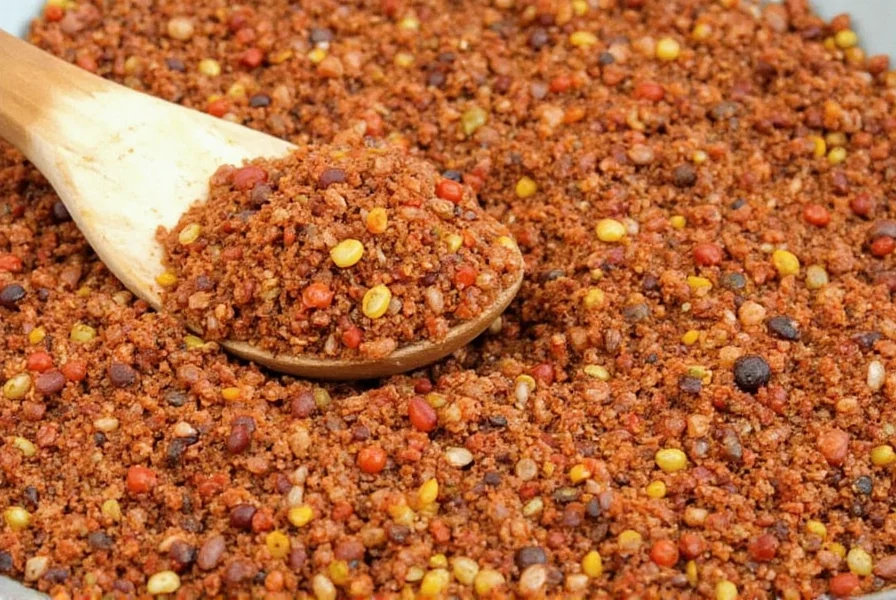
Beyond Tacos: Creative Dishes Using Al Pastor Seasoning
You don’t have to stop at tacos when you’ve got al pastor seasoning in your pantry. Here are some fun and unexpected ways to use it:
- Al Pastor Chicken Skillet: Sear boneless chicken thighs with the seasoning, add tomatoes and peppers for a one-pan dinner.
- Grilled Shrimp Tacos: Brush shrimp with al pastor paste and grill until charred for a seafood twist.
- Al Pastor Sweet Potato Fries: Toss fries in a mixture of olive oil and al pastor seasoning before baking for a spicy snack.
- Spiced Popcorn: Dust popcorn with a pinch of dry al pastor rub for a unique movie-night treat.
- Vegetarian Quesadillas: Use portobello mushrooms or jackfruit seasoned with al pastor seasoning for a meat-free version.
Conclusion
Al pastor seasoning is more than a spice blend — it’s a culinary passport to Mexico’s rich cultural melting pot. Whether you buy it pre-made or whip up your own batch, this flavor powerhouse deserves a permanent spot in your kitchen. From tacos to tofu, it opens the door to endless possibilities.
So next time you fire up the grill or roast a cut of pork, reach for that bottle (or jar) of al pastor seasoning. Your taste buds will thank you — and maybe even throw a fiesta of their own!
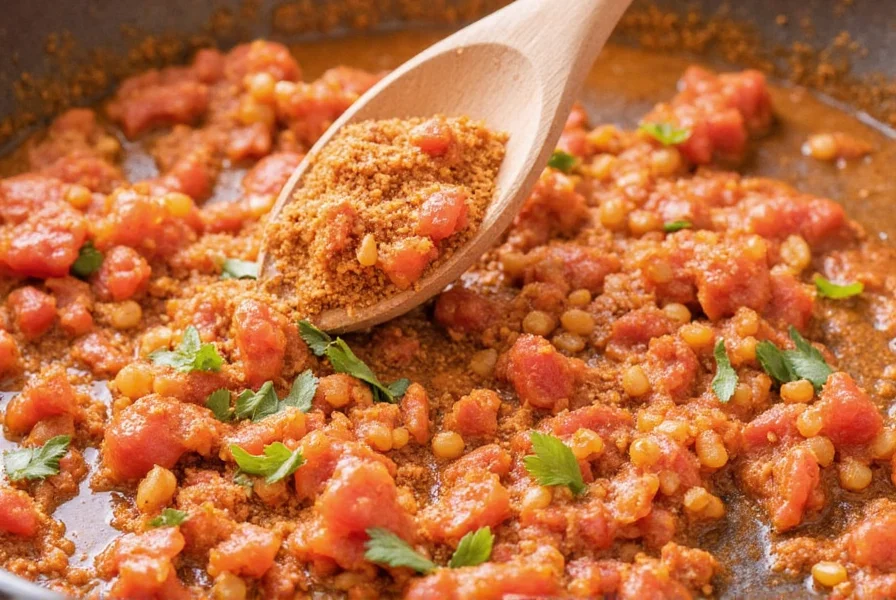

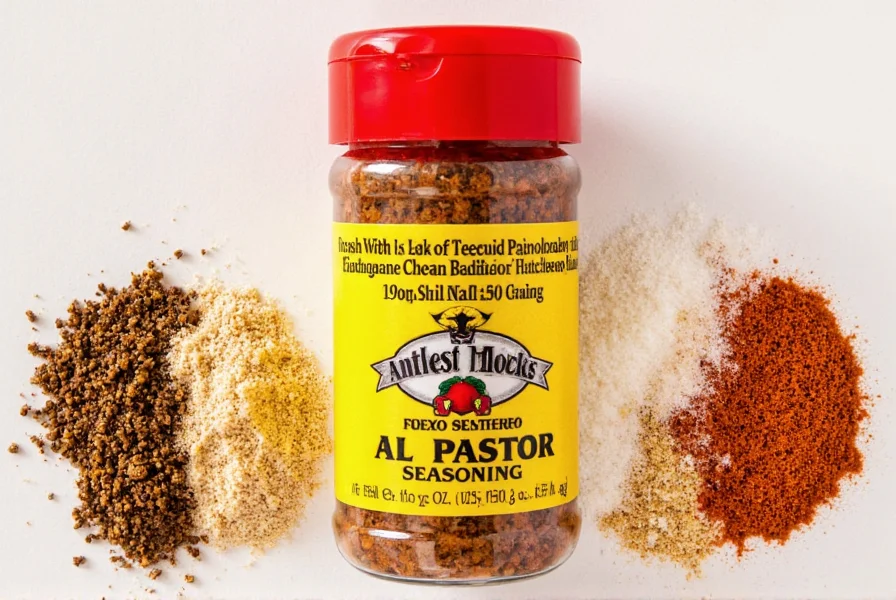









 浙公网安备
33010002000092号
浙公网安备
33010002000092号 浙B2-20120091-4
浙B2-20120091-4